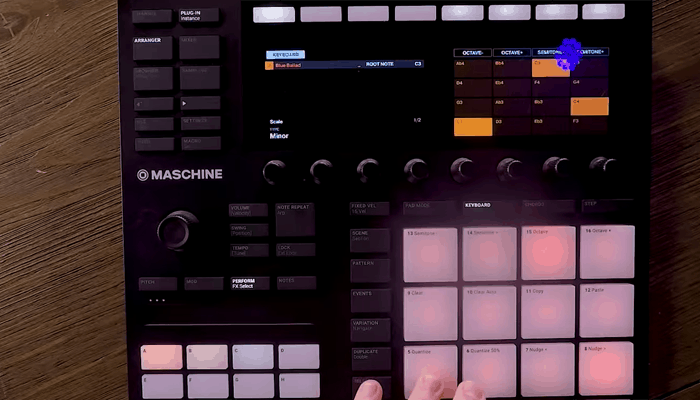
The ‘multidimensional’ nature means several additional levels of sensitivity next to Push 2, all of which are registered on a per-note basis.Īlong with note-on and velocity, the pads grid responds to polyphonic aftertouch as well as movement across the X and Y axis of each individual pad.Ībleton recently revamped many of Live’s devices to respond to MPE, so there is a lot of stock presets ready to make use of these expressions. (Image credit: Future) Ableton Push 3: Performance and verdictĪs a controller, those pads are Push’s headline feature, and they deliver on their promise of expressivity. Version 3 also enhances the MIDI editing capabilities when using the hardware, with a new Clip Edit mode that displays notes on the screen in more detail, and allows more precise adjustments using the jog wheel.

This means that Push can be far more flexible when it comes to both playing an instrument and triggering clips simultaneously, meaning you don’t need to sacrifice those new expressive pads when using Push for a performance or jam. The most significant workflow change is that Push can now trigger clips and scenes using the screen and navigational controls as well as with the pad grid. Lithium iron phosphate battery – 2-2.5 hours of playtimeĪs before, the central grid can be used to trigger clips, step sequence and play instruments using a variety of scale modes, while the buttons and touch-sensitive rotaries that surround the screen let users add, edit and perform with Live’s devices and – in controller mode – third party plugins.


 0 kommentar(er)
0 kommentar(er)
